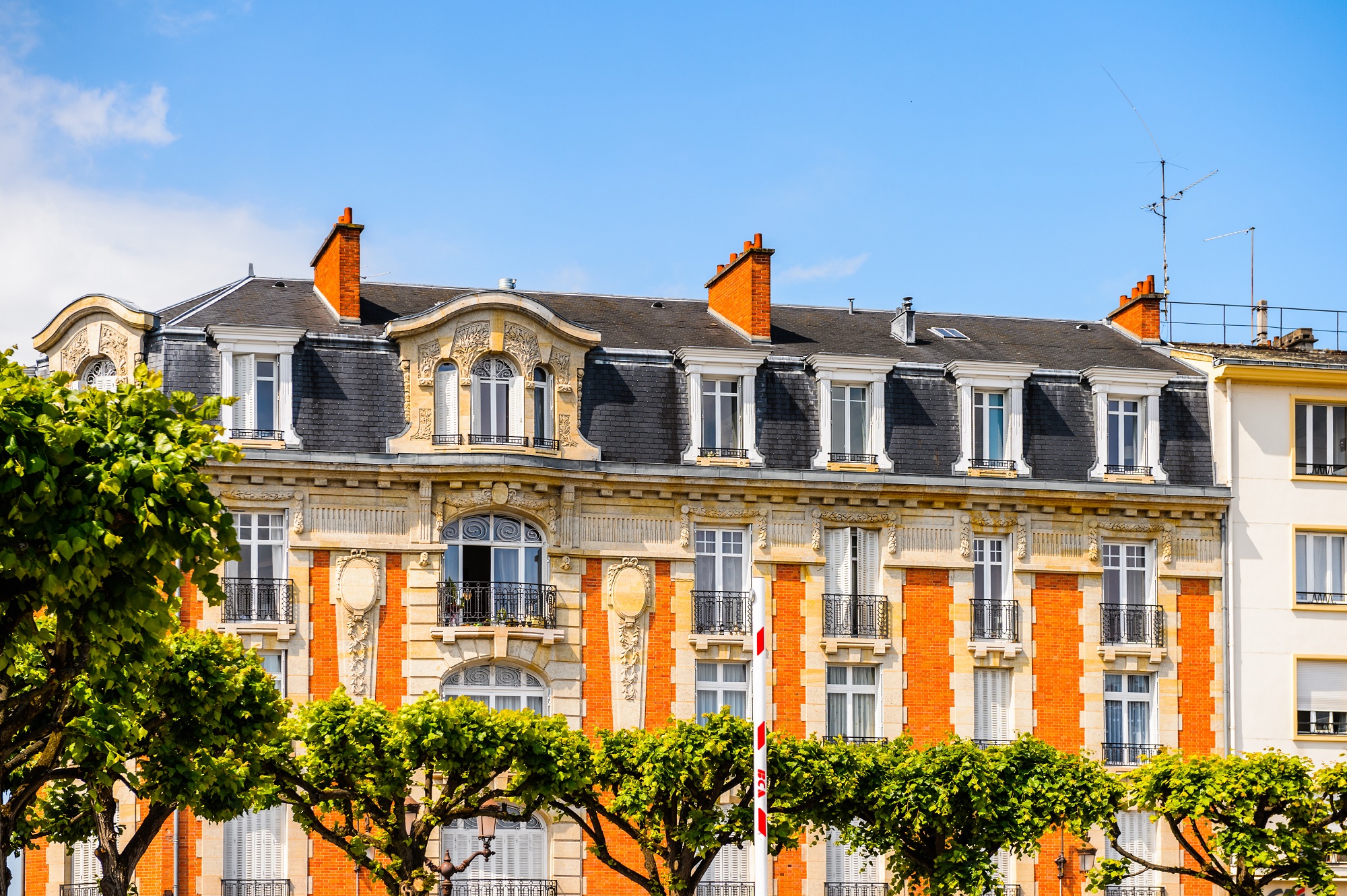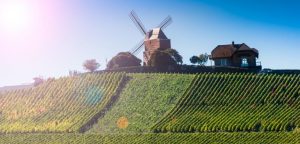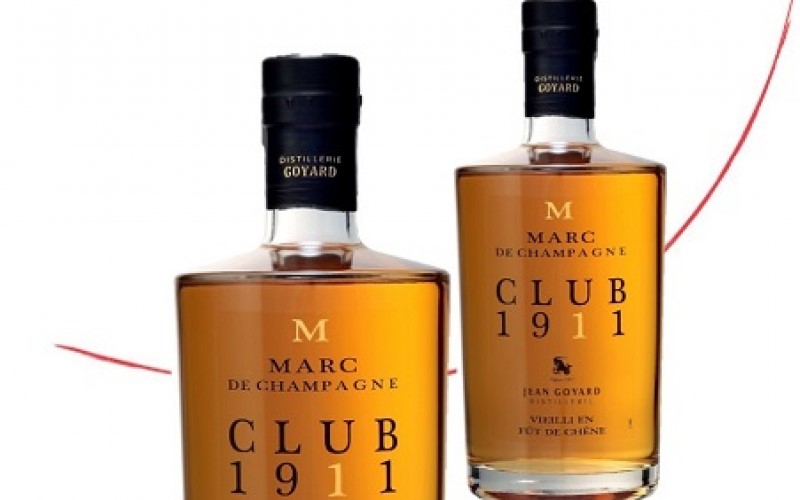About B&F Champagne School
Champagne School is for anyone who wants to know what goes on before the champs hits your glass.
I will warn you… I do get a little “geeky” here! I will use some fancy French phrases, talk about some un-sexy science stuff, and maybe even use some wanky “wine words”.
But because I know you are all both clever and curious, I reckon you can handle it.
While there are no ‘exams’ in my Champagne School, I do encourage lots of “homework” (that means drinking champs!) so if that sounds like your thing sit back, pour yourself a glass (obligatory of course), and enjoy B&F Champagne School.
Make sure you post a pic and tag @bubbleandflute #Champagneschool on instagram or facebook to let me know you’re doing your homework.

Champagne 101

What Makes A Wine “French Champagne”?
Quite simply… French Champagne must come from the Champagne region of France. And you don’t need to say “French Champagne” because champagne is exclusively French.

Champagne Villages And The Cru System
Under the historic system, the 318 villages in the Champagne region are rated as Cru, Premier Cru or Grand Cru.

The Three Main Types Of Champagne Producers
The three main types of champagne producers are houses, growers and cooperative and here I explain these types of producers and more.

What Are Reserve Wines In Champagne?
Reserve wines are literally that… a wine that will sit on the “reserve bench” until it is needed to blend into an NV champagne.

Why Champagne Can Smell Like Fresh Bread
Autolysis is the breakdown of yeast that imparts flavour and complexity to the wine and gives off the scent of fresh bread.
Champagne Grapes

What Grapes Are Used To Make Champagne?
There are just three main grapes used to make champagne. And what may totally surprise you is that two out of the three of the champagne grapes are RED grapes!

Champagne Grapes… Pinot Noir
Pinot noir grapes bring the vigour and complexity to champagne and impart flavours like strawberries, raspberries, cherries and blueberries.

Champagne Grapes… Chardonnay
30% of Champagne plantings are chardonnay, predominantly in the Cote des Blancs.

Champagne Grapes… Pinot Meunier
Pinot Meunier grapes are one of just three different grape varieties that can be used to make champagne.
Making Champagne
Champagne styles

Champagne Styles… An Overview
There are many different champagne styles – non-vintage, vintage, cuvée de prestige, blanc de blancs, blanc de noirs, rosé and varied dosage.

Non-Vintage (NV) Champagne
Non-vintage champagne (or NV champagne) is known as the house style and is blended from the grapes of many years.

Cuvée De Prestige Champagne
The easiest way to “explain” cuvée de prestige champagnes is to give a few examples and let the best of the best in champagnes speak for themselves.
Arguably the most famous examples of cuvee de prestige champagnes are Dom Perignon and Cristal.

Vintage Champagne
Vintage champagne is crafted from the grapes of just one single harvest or year so each vintages will possess a unique character.

Rosé Champagne
Rosé champagne is made one of two ways – by blending with still red wine or by allowing the juice to make contact with the red grape skins.

Blanc De Blancs Champagne
Blanc de blancs champagnes are made from only chardonnay grapes. The translation from French is literally white wine made from white grapes.

Champagne Dosage
Champagne dosage refers to the amount of sugar (or sweetening) dosage in the liqueur d’expedition*, which is a blend of sugar and wine added to the wine just before bottling. Champagne dosage can vary the taste of the champagne dramatically.

Blanc de Noirs champagne
The literal translation of blanc de noirs champagne is white wine made from black grapes.












